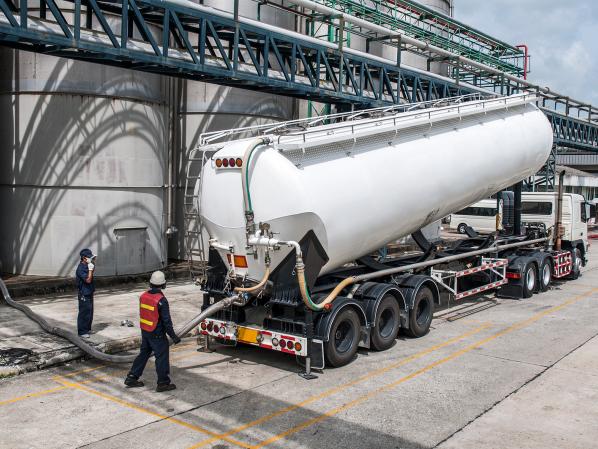Hazards of Fluid Transfer in Oil and Gas
April 26, 2023

The transfer of fluids is a critical step in the oil and gas supply chain. Fluids transferred can include process fluids, produced water, flowback fluids, condensate, and crude oil. However, there are several health hazards associated with fluid transfers in oil and gas. In these activities, there is a risk of spills, fires and explosions, health hazards due to exposure to chemicals, and environmental concerns. The CDC has reported that from 2016-2020 at least 12 oil and gas worker fatalities occurred during the transfer of process fluids in the US. Incidents involving transfer fluids are also cited in WorkSafe BC’s annual report delivered to the Oil and Gas Industry in Ft St John.
Fluid transfer often involves a truck driver who needs to transfer fluids by themselves. This lone-worker situation elevates the risk of the activity and makes it difficult to get timely help, particularly in remote and isolated areas. Incidents involving fluid transfer activities have included cardiac events, combustion-related explosions, being struck by a vehicle, exposure to hydrogen sulfide, and heat stroke. To prevent accidents, it is important to implement proper training and safety protocols, proper maintenance of equipment, and effective hazard communication.
How to improve safety in Fluid Transfers
1. Hazard awareness and assessment
All staff involved in fluid transfer work activities should undergo appropriate training to recognize potential hazards and to understand the protocols established to prevent accidents. Hazards during fluid transfers are known, understood and preventable. These hazards include the inhalation of chemicals such as hydrocarbons and hydrogen sulfide, the creation of oxygen-deficient atmospheres, and the potential for fires and explosions. Chemical risk assessments will determine the appropriate controls for each activity.
2. Controls and equipment inspection and maintenance
Equipment used for fluid transfers such as piping, hoses and valves, control systems and monitors need to be properly maintained and inspected regularly.
3. Communication protocols
Establish a hazard communication and training program to make workers aware of the location of potential hazards, and what emergency procedures are in place in case an accident does occur. To avoid devastating consequences, policies and procedures must be strictly adhered to.
Watch the latest industry training video on safe fluid transfer
Collaboration within the oil and gas industry and sharing of best practices are essential in preventing incidents and to continuously improve the industry’s safety record. To learn more, we recommend watching Understanding Hazards, Risks, and Controls for Safer Fluid Transfers in Oil and Gas Extraction. This 8-minute video provides recommendations for controlling hazards in fluid transfer based on the hierarchy of controls.
Looking to improve worker safety in your organization? Chemscape’s award-winning Chemical Management Software (CHAMP) is designed to help your workplace assess and prioritize chemical hazards. Contact our team to request a demo.



